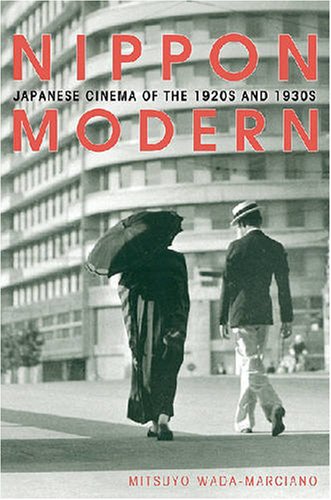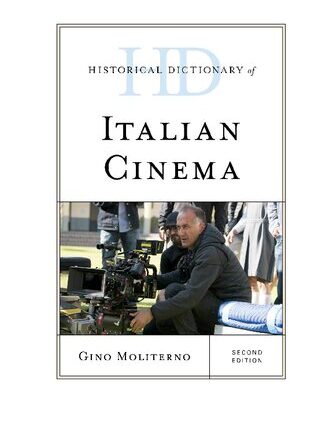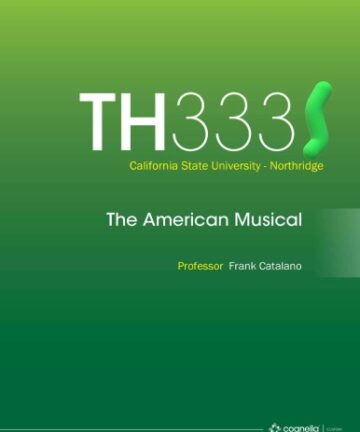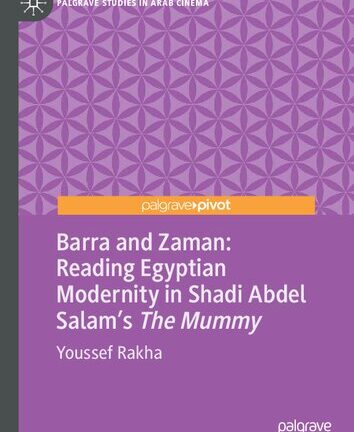Description
**Nippon Modern is the first intensive study of Japanese cinema in the 1920s and 1930s, a period in which the country’s film industry was at its most prolific and a time when cinema played a singular role in shaping Japanese modernity. During the interwar period, the signs of modernity were ubiquitous in Japan’s urban architecture, literature, fashion, advertising, popular music, and cinema. The reconstruction of Tokyo following the disastrous earthquake of 1923 highlighted the extent of this cultural transformation, and the film industry embraced the reconfigured space as an expression of the modern. Shochiku Kamata Film Studios (1920-1936), the focus of this study, was the only studio that continued filmmaking in Tokyo following the city’s complete destruction. Mitsuyo Wada-Marciano points to the influence of the new urban culture in Shochiku’s interwar films, acclaimed as modan na eiga , or modern films, by and for Japanese.
Wada-Marciano’s thought-provoking examinations illustrate the reciprocal relationship between cinema and Japan’s vernacular modernity–what Japanese modernity actually meant to Japanese. Neither a belated imitation of Western modernity nor an isolated cultural invention, Japanese modernity began as a series of negotiations of cultural influences constructed out of local needs. During the interwar period, Japan’s film industry began to compete with Western cinemas, producing and distributing its own films and negotiating its place in the Japanese market. It managed to shift the locus of dominance away from Hollywood films by addressing the new classes of labor with self-reflexive subjects and narratives. Film images of salaried men, modern girls, college students, and nuclear families made possible the sudden arrival and rapid proliferation of the modern consumer subject in Japan.
By searching out connections between history and film texts, Wada-Marciano offers a new approach to understanding Japan’s national cinema. Her thorough and thoughtful analyses of dozens of films within the cultural contexts of Japan contribute to the current inquiry into non-Western vernacular modernities. Nippon Modern will appeal to a wide range of readers in diverse disciplines, including intellectual history, gender studies, and literature, in addition to film/visual studies and Japanese cultural studies**






Reviews
There are no reviews yet.